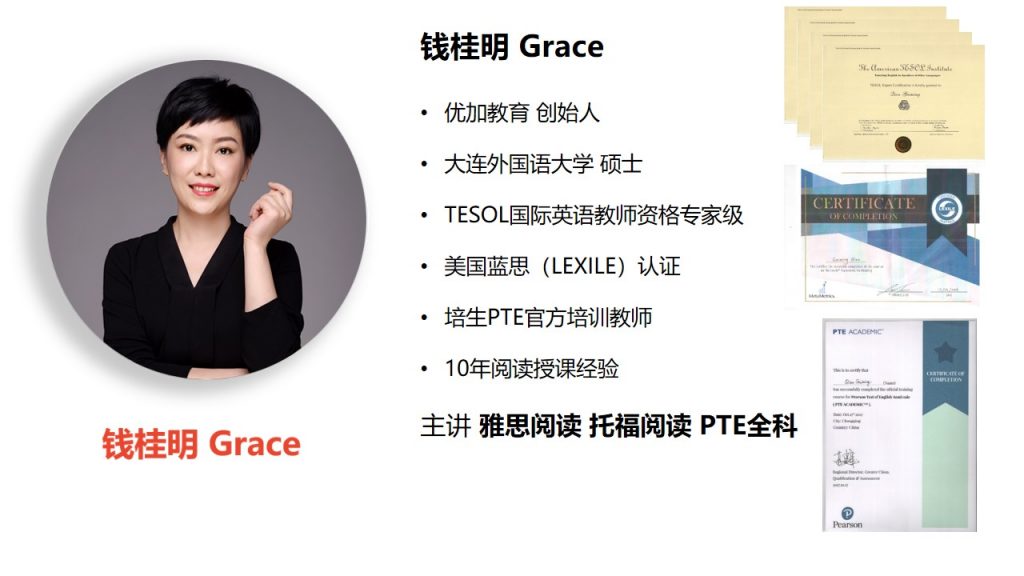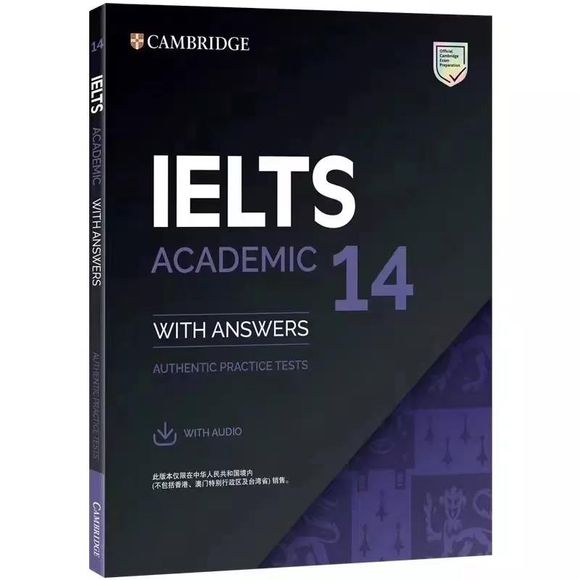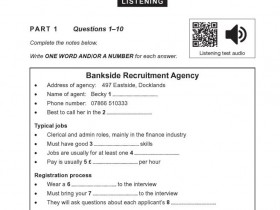- A+
The growth of bike-sharing schemes around the world C14T1R2
篇章背景:
“共享”应该是近几年最火的一个词,雅思口语中的part1也出现过关于sharing的话题(例如:最近有和他人分享什么事情吗?哪种事情不太适合分享?等等);
part3中也出现过关于sharing business的话题。
这篇文章是关于共享单车计划在阿姆斯特丹的诞生,发展,以及发展中遭遇的问题,通过这篇文章我们恍然大悟,原来在中国那么火的ofo和Mobike原来只是效仿阿姆斯特丹的小白车。
文章内容并不难,所配题型是段落细节匹配题,出题频率并不高的多选题,以及summary填空题。
因为匹配题属于乱序,所以难在确定原文依据。
重点词汇:
1. Devise:v. 设计,想出(plan,invent,think up)
2. Distribute:v. 分发,分配(give out)
3. Oppose:v. 反对(disagree,disapprove)
4. Elaborate:adj. 详细的,精心制作的(detailed,complicated)
5. Reject:v. 驳回,拒绝(refuse)
6. Deposit:n. 押金,存款(money that you pay when you rent sth)
7. Arouse:v. 引起,激起(evoke,encourage)
8. Launch:v. 开始,发动(start,set up)
9. Boast:v. 自豪地拥有(have sth that is very good)
10. Patent:n. 专利权/v. 获得专利(an official right to be the only person to make, use, and sell a product)
11. File:v. 提出,送交(present)
12. Optimistic:adj. 乐观的,乐观主义的(positive)
13. Long:v. 期望,渴望(yearn)
14. Withdraw:v. 撤消,不再给予(stop,retract)
15. Resident:n. 居民(dweller,inhabitant,population)
问题解析:
14. 题意:人们是怎样滥用了共享单车计划。
原文E段第四句话:
The system, however, was prone to vandalism and theft. ‘After every weekend there would always be a couple of bikes missing,’ Molenaar says.
但是,这个计划更易于受到破坏和偷盗行为。每周末之后,都会有很多自行车丢失。
题干里面的misuse是对vandalism 和 theft这两种为的合理归纳。
所以答案是:E
15. 题意:提出的共享单车计划被拒绝的原因。
原文C段第五和六句话:Nevertheless, the council unanimously rejected the plan. They said that the bicycle belongs to the past.
但是全体议会一致驳回此计划,他们说自行车属于过去。
题干里面的the proposed bike-sharing scheme就是指文章里的the plan(Witte Fietsenplan);
题干里面的turn down就是指文章里的reject“拒绝,驳回”;
题干里面的explanation在文章里面具体为:the bicycle belongs to the past。
所以答案是:C
16. 题意:提到一个人不能从他的工作中获利。
原文F段最后一句话:But financially I didn't really benefit from it, because I never filed for a patent.
因为没有申请专利,所以我并未真正从中获利。
F段前面讲了2002年以来,共享单车在维也纳和法国各个城市的推进以及所取得的成功。
然后最后一句转折,虽然计划取得成功,但Schimmelpennink个人并未从中获得经济上的利益,因为他没有申请专利。
所以答案是:F
17. 题意:共享单车计划能够带来潜在节省。
原文C段第三句:I made serious calculations. It turned out that a white bicycle—per person, per kilometre - would cost the municipality only 10% of what it contributed to public transport per person per kilometre.
我做了认真的计算,结果是每辆小白车平均每人每公里仅占市政公共交通每人每公里成本的10%。
这里面对共享单车和市政公共交通进行cost的对比,想说明共享单车更节省。
因为这道段落细节匹配题是NB,也就是有段落会用两次,所以15题和17题都出现在C段,符合NB原则。
所以答案是:C
18. 题意:提到共享单车计划打算解决的问题。
原文A段第三句:They believed the scheme, which was known as the Witte Fietsenplan, was an answer to the perceived threats of air pollution and consumerism.
他们认为这个Witte Fietsenplan计划(上文提到的共享单车计划)能够解决空气污染和消费主义这些已知的威胁。
作为文章手段,首先交代了共享单车计划首次诞生的时间,执行操作的组织,想要解决的问题,以及大致的操作过程(发传单distributed leaflets;邀请体验inviting people to use)。
所以答案是:A
19-20. 文中关于1999年阿姆斯特丹的共享单车计划有哪两个表述正确?
信号词:1999
通过1999年这个明显的信号词,可以确定原文位置在D段第七句A new Witte Fietsenplan was launched in 1999 in Amsterdam.
从这句话开始,讲述了1999年这个计划的几个特点:不再免费(no longer free);
用芯片卡支付(payment was made with a chip card developed by the Dutch bank Postbank);
小白车有锁(white bikes locked in special racks);
250辆车和5个取车点(the plan started with 250 bikes, distributed over five stations);
有两个人参与设计(Theo Molenaar, who was a system designer for the project, worked alongside Schimmelpennink);
更好的锁已经设计出,但这次用的是旧的(he announced that he had already designed better ones. But of course, we had to go through with the ones we had);
有小偷和破坏者(The system, however, was prone to vandalism and theft);
银行取消芯片卡的合作(But the biggest blow came when Postbank decided to abolish the chip card, because it wasn't profitable);
想启动另一种系统,但合作商失去兴趣(business partner had lost interest)。
以上就是关于1999年的共享单车计划的整个有用信息,以此为依据来读题。
A. 最初受到政府的反对。
B. 合作伙伴取消支持之后,计划失败。(重击来自于银行取消芯片卡的合作)
C. 目的是比哥本哈根计划更成功。
D. 改变人们的态度有可能使计划推行。(如果人们不再偷盗和破坏小白车,有可能推行下去)
E. 引起很多自行车设计者的兴趣。
所以答案是:BD
21-22. 文中关于现在的阿姆斯特丹有哪两个表述正确?
信号词:today
通过today这个明显的信号词(注意:这道题还是很友好的,并没有把today换掉。
有时候会用nowadays或者in recent decades进行替换),可以确定原文位置在G段第一句:In Amsterdam today, 38% of all trips are made by bike and, along with Copenhagen,…关于现在的阿姆斯特丹,文中说了以下信息点:38%的出行都是自行车(38% of all trips are made by bike);
阿姆斯特丹和哥本哈根是全球自行车友好城市(along with Copenhagen, it is regarded as one of the two most cycle-friendly capitals in the world);
共享单车计划没再推行(but the city never got another Witte Fietsenplan);
有人认为没再推行的原因是阿姆斯特丹每人都有自行车(Molenaar believes this may be because everybody in Amsterdam already has a bike);
S却认为乘地铁的人还需要自行车到达目的地(People who travel on the underground don't carry their bikes around. But often they need additional transport to reach their final destination);
对共享单车的未来持乐观态度(Although he thinks it is strange that a city like Amsterdam does not have a successful bike- shari ng scheme, he is optimistic about the future.);
持乐观态度的原因是人们不希望城市被汽车占领(Today everybody longs for cities that are not dominated by cars)。
以上就是关于现今阿姆斯特丹的整个有用信息,以此为依据来读题。
A. 大多数居民想阻止所有的汽车进入城市。
B. 城市几乎没有可能推行新的共享单车计划。
C. 与其他交通形式相比,自行车出行更多。(占了38%,但我们不知道其他交通方式的占比。)
D. 共享单车计划对公共交通出行的人们有利。(乘地铁的人还需要自行车到达目的地。)
E.城市在对骑行者友好方面享有盛誉。(全球自行车友好城市)
所以答案是:DE
23. 信号词:Provo
第23题是在讲这个组织里面的人是什么样的人。
可以确定出题位置在第一段第二句Provo, the organisation that came up with the idea, was a group of Dutch activists who wanted to change society. Provo这个组织提出这个想法,Provo是一组想改变社会的荷兰积极分子。
所以答案是:activists
24. 信号词:damage,environment
第24题是在讲他们对环境破坏和……担忧。
可以确定出题位置在第一段第三句They believed the scheme, which was known as the Witte Fietsenplan, was an answer to the perceived threats of air pollution and consumerism.
他们相信Witte Fietsenplan共享单车计划会解决空气污染和消费主义这两个已知的威胁。
这里面有一个同义转述,原文是air pollution,题里是damage to the environment。
所以答案是:consumerism
25. 信号词:cars
第25题是在讲他们把自行车刷成白色,并分发……来谴责开汽车出行。
可以确定出题位置在第一段第五句They also distributed leaflets describing the dangers of cars and inviting people to use the white bikes.
他们分发传单宣传汽车的危险,并邀请人们试骑小白车。这里面有一个同义转述,原文是distributed,题里是handed out。
所以答案是:leaflets
26. 信号词:not a great success
第26题的的信号词并不明显,但是我们通过理解题干知道这句话是说这个计划不太成功的原因:只要Provo把自行车投放在城里,……就把他们弄走。
可以确定出题位置在第二段第三句The police were opposed to Provo’s initiatives and almost as soon as the white bikes were distributed around the city, they removed them.
警察反对Provo的倡议,只要一在城里投放小白车,警察就会移走它们。
文章里的opposed“反对”,就是计划不太成功,受到的阻碍。
这里面有两个同义转述,原文是removed,题里是took away;原文是as soon as,题里是as quickly as。
所以答案是:police
同义词替换:
Turn down=reject
Profit=financially benefit
Solve=be an answer to
Resident=people
Hand out=distribute
Take away=remove
As quickly as=as soon as
其他解析请访问专题链接:剑桥雅思14阅读真题解析
本文由优加雅思阅读主讲Grace老师提供,更多雅思备考资料,访问优加雅思官网www.dlyjjy.com雅思备考系列文章。
本文受著作权保护,特此声明:禁止任何媒体、网站或个人在未经书面授权的情况下违法转载或使用。
- 添加Jenny老师
- 预约KET/PET试听
-

- 添加小苗老师
- 预约雅思、法语试听
-








您可以选择一种方式赞助本站
赏